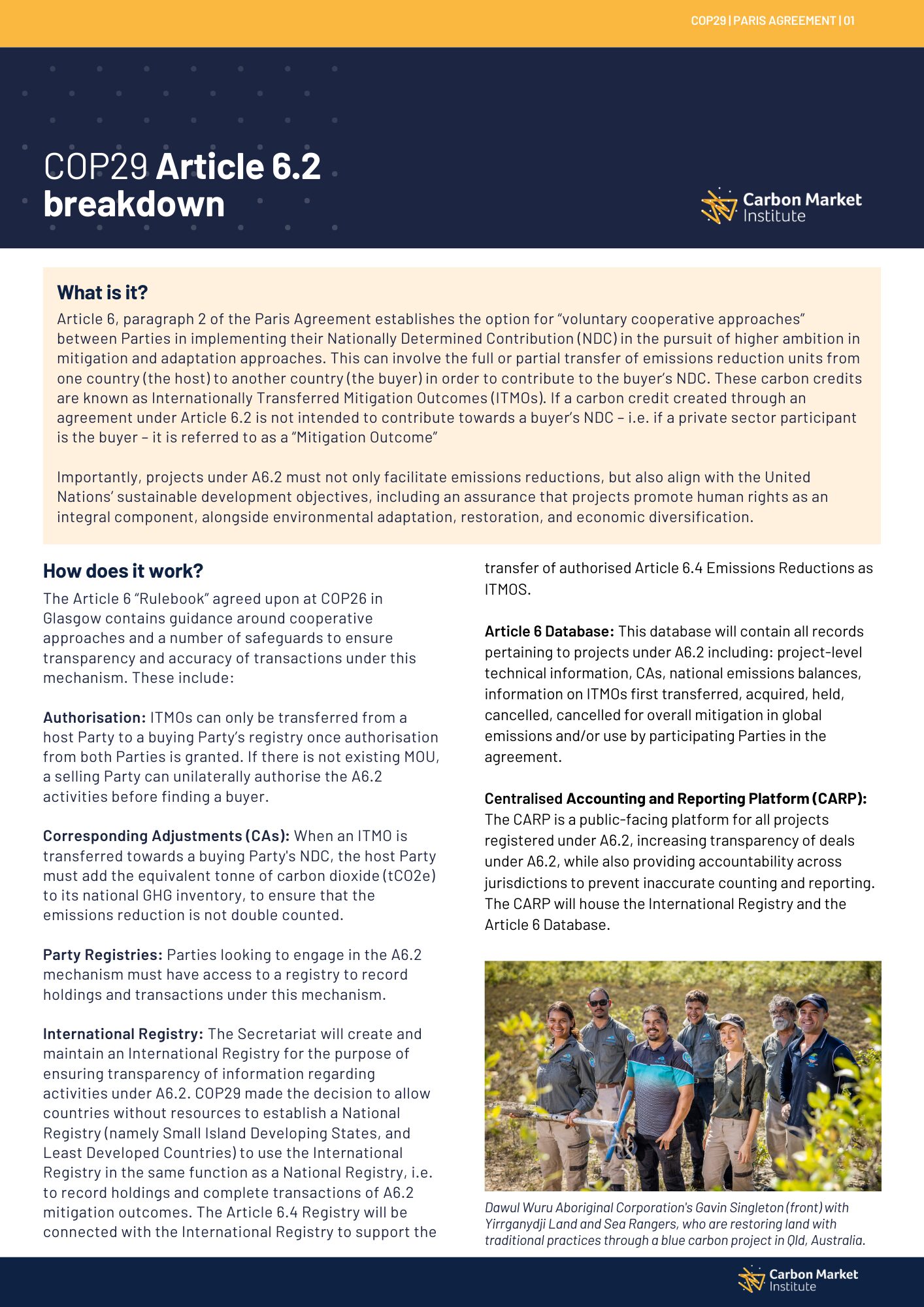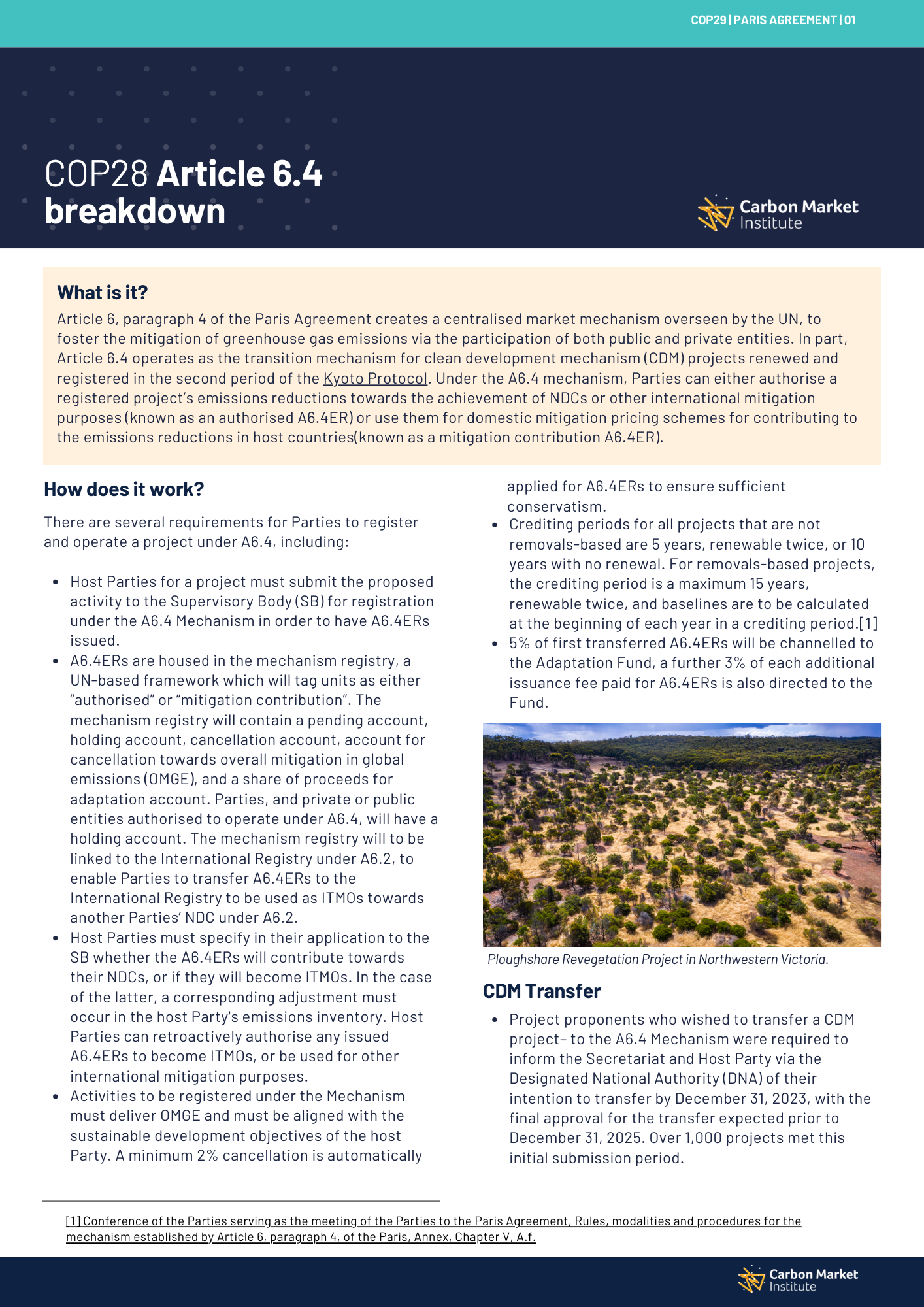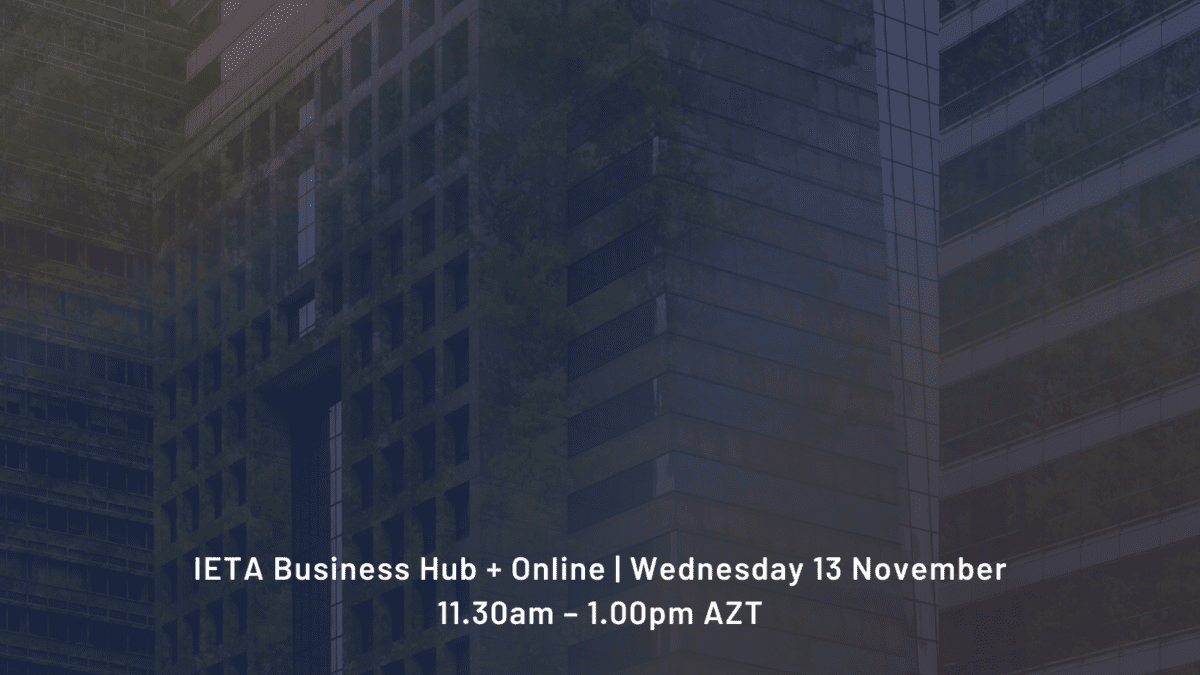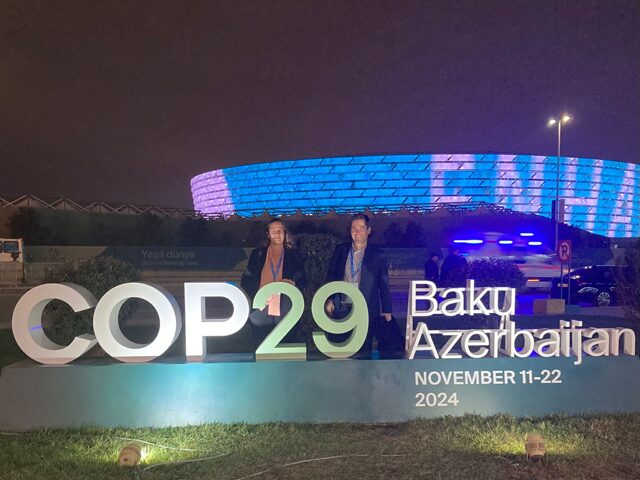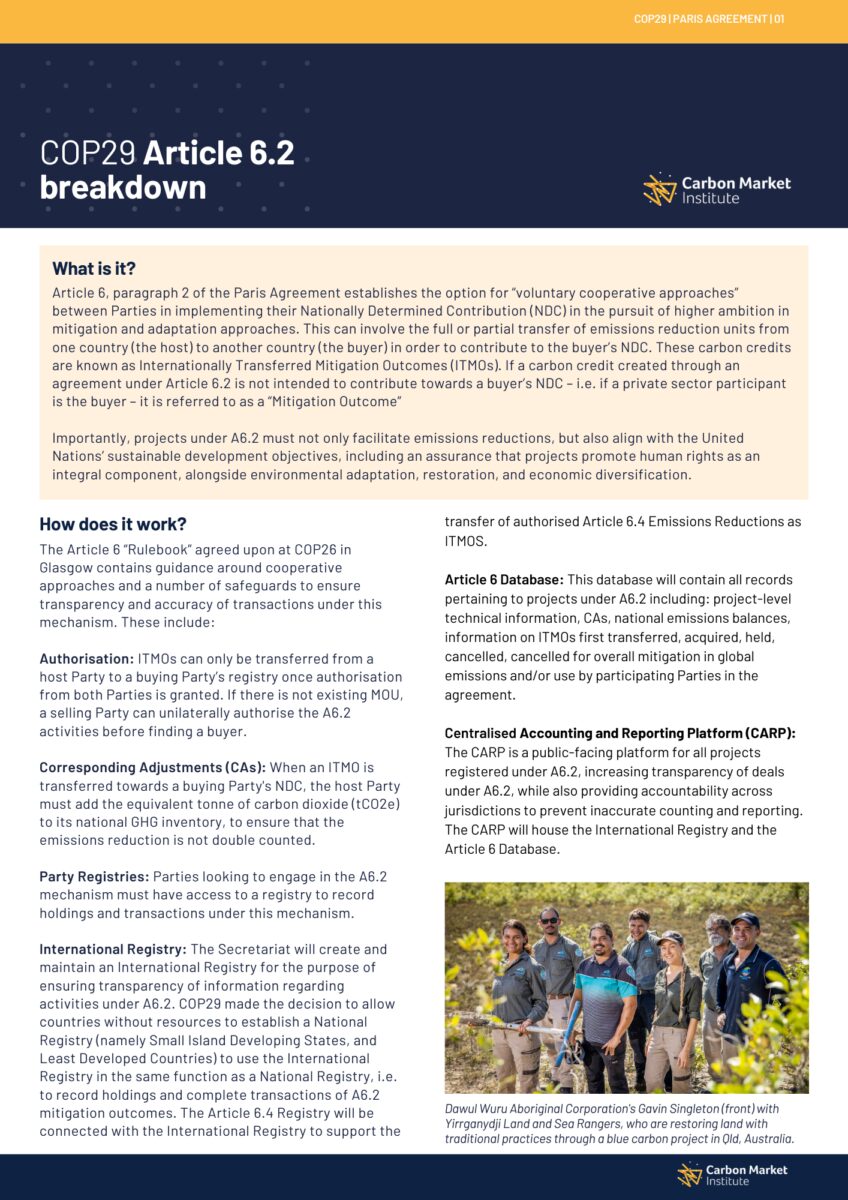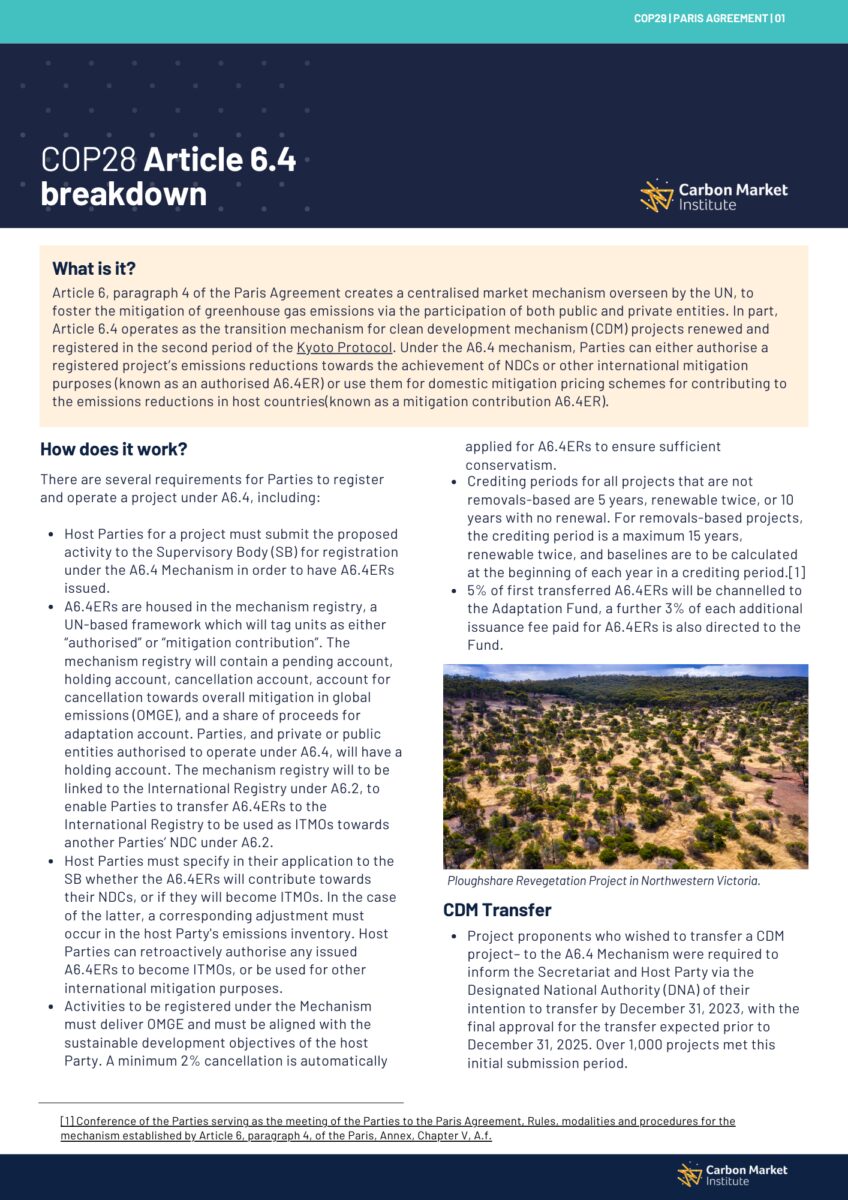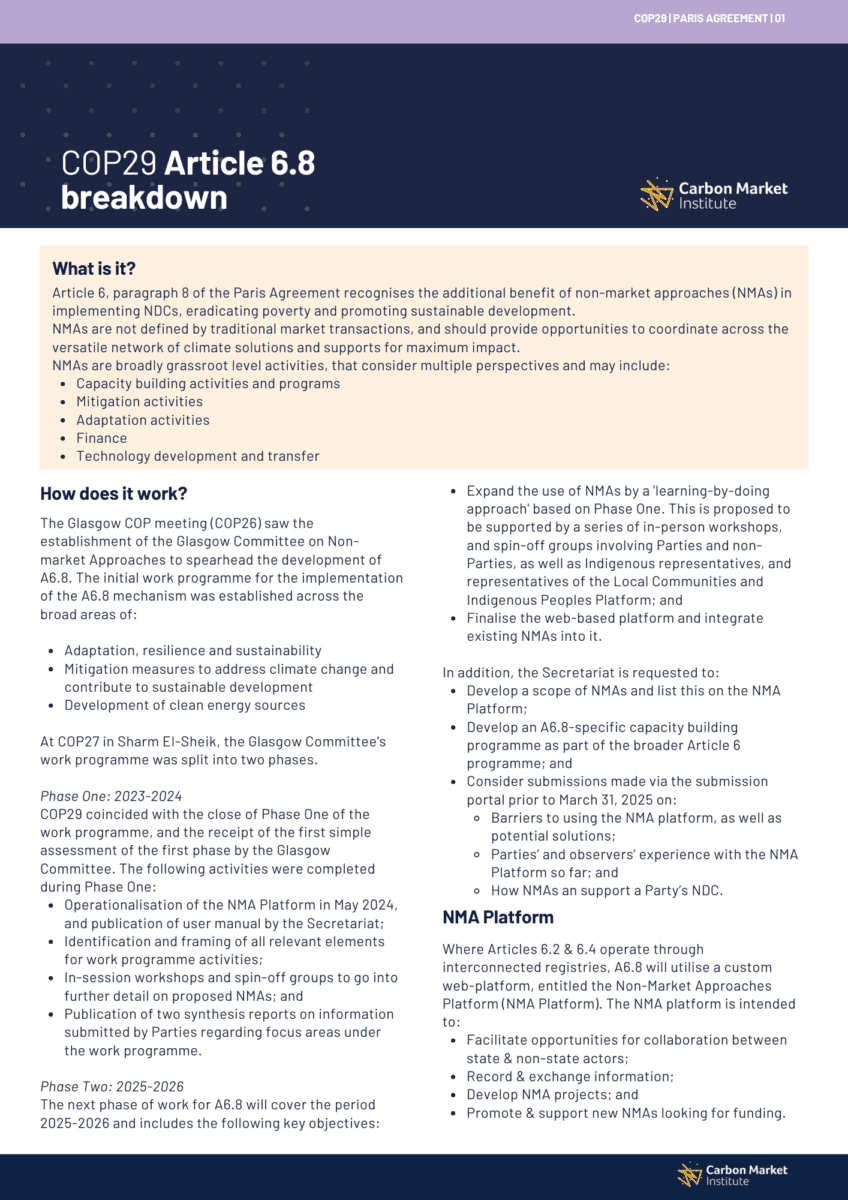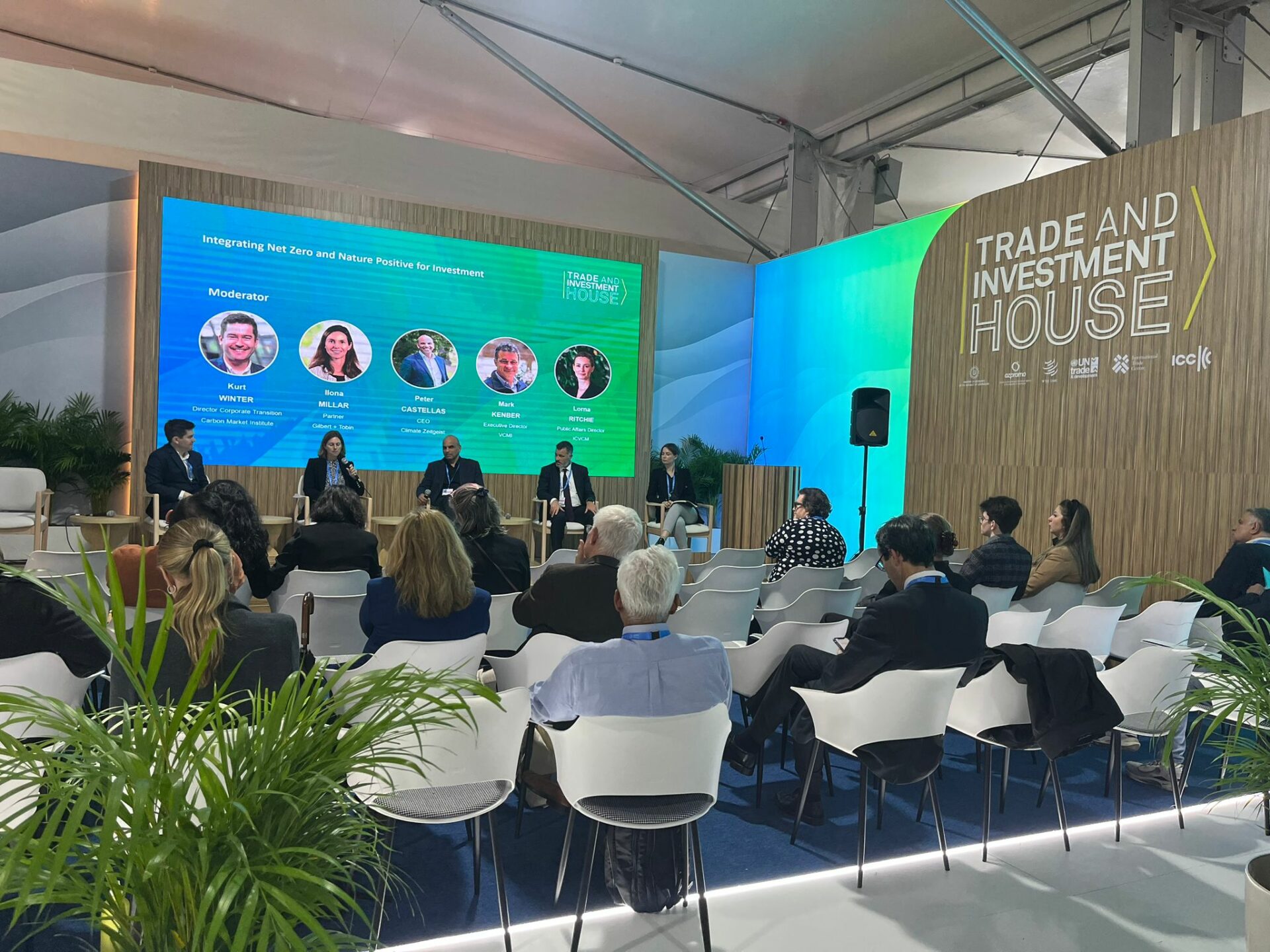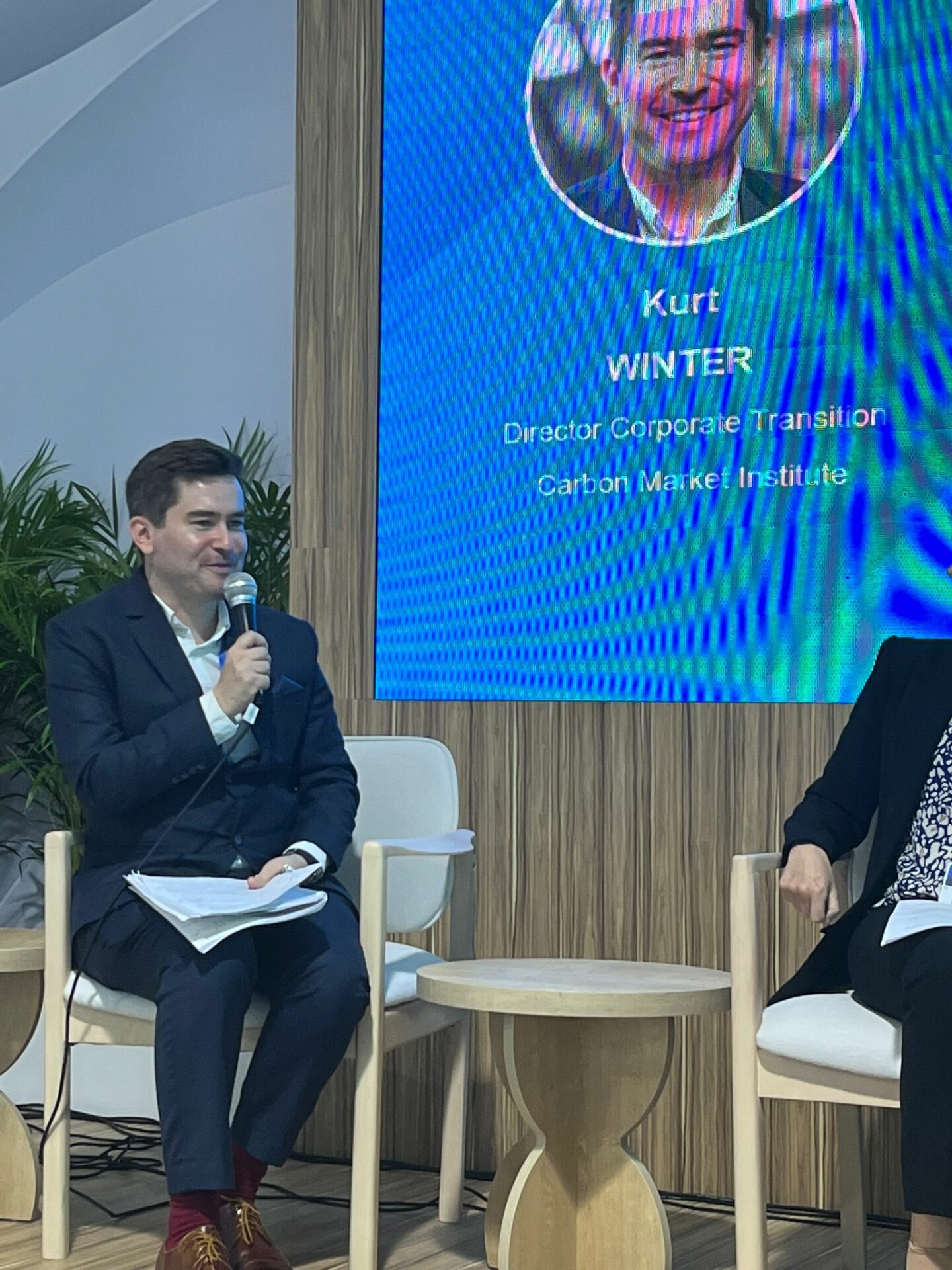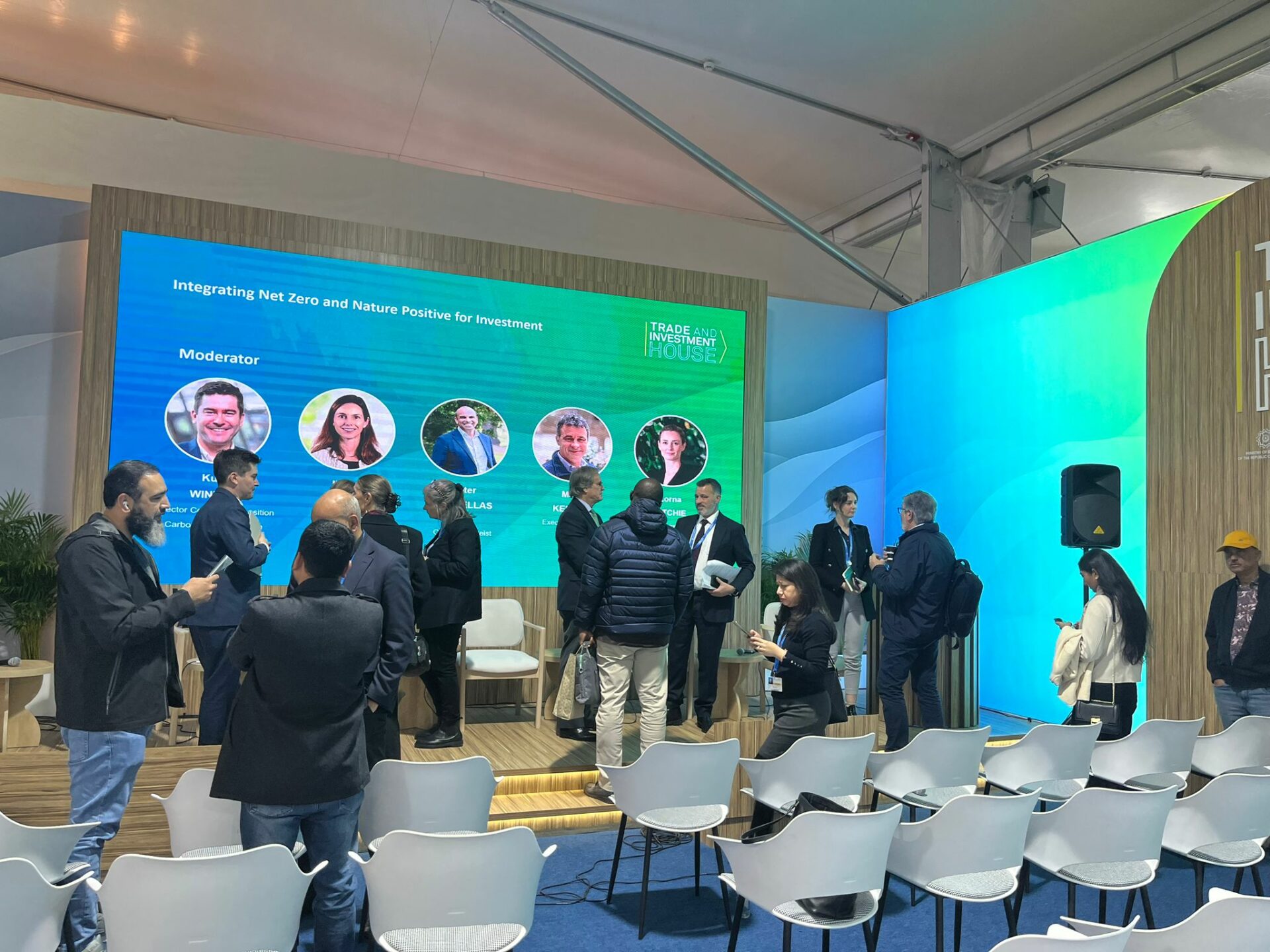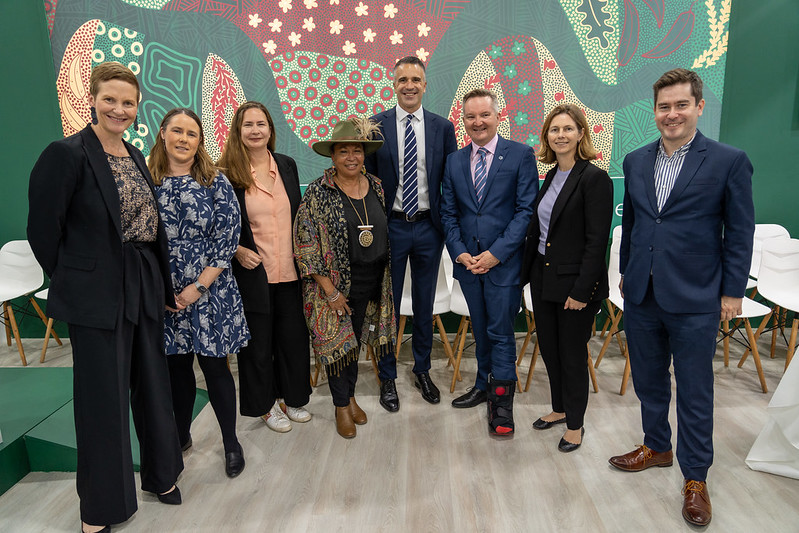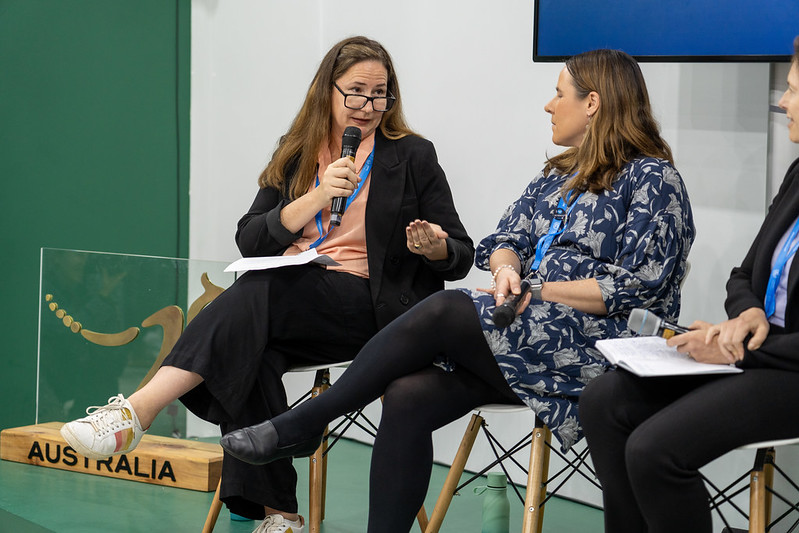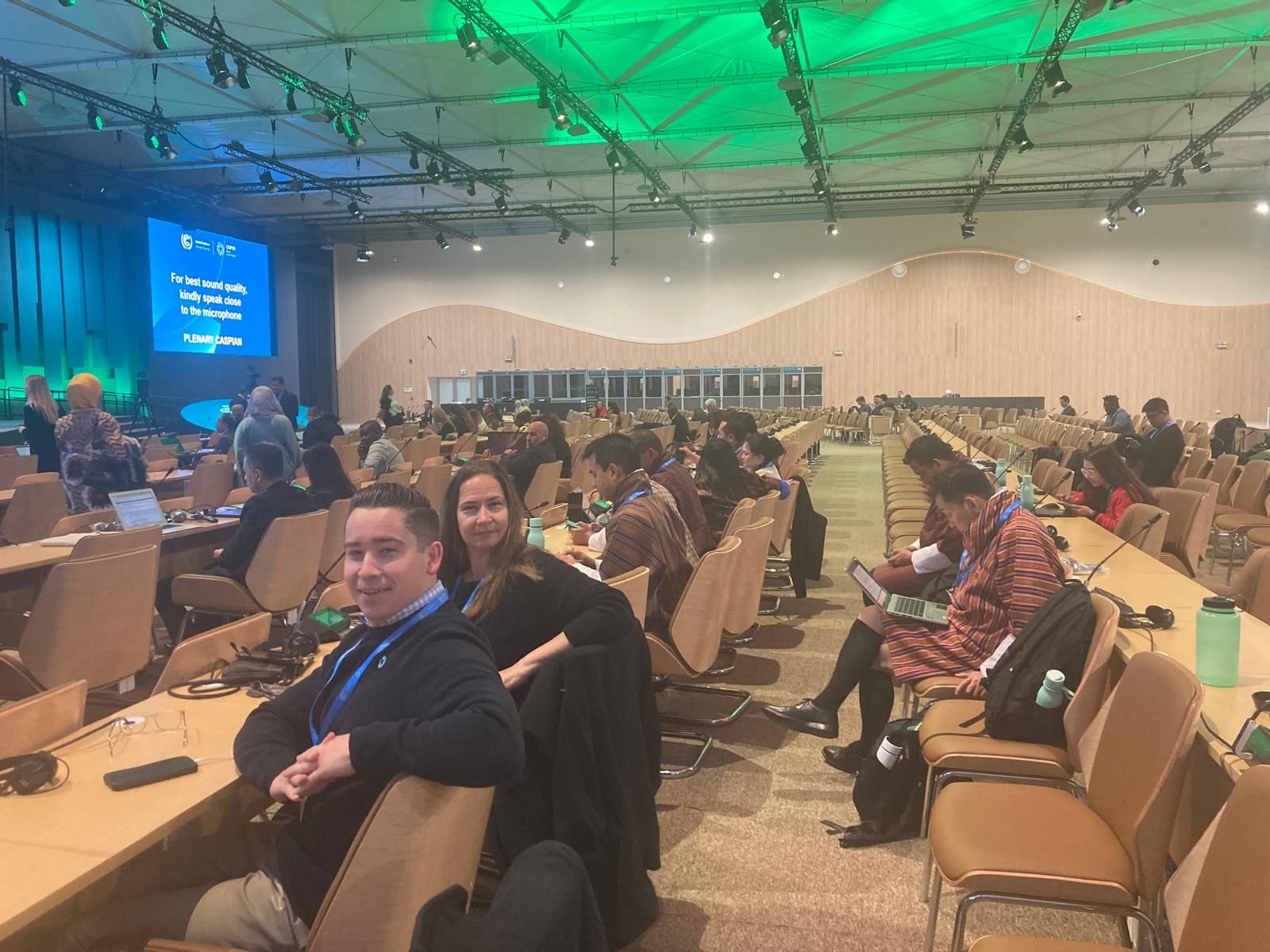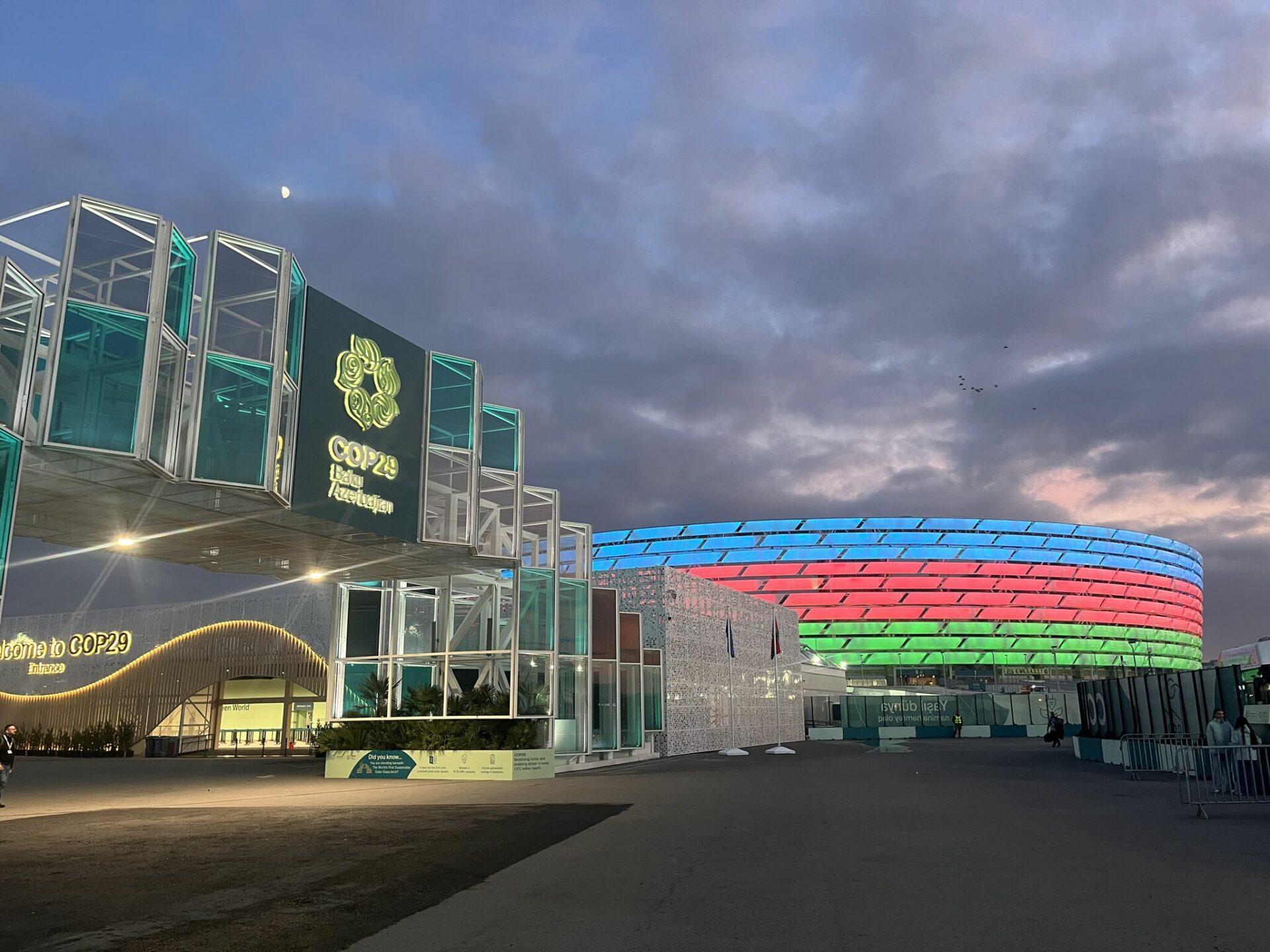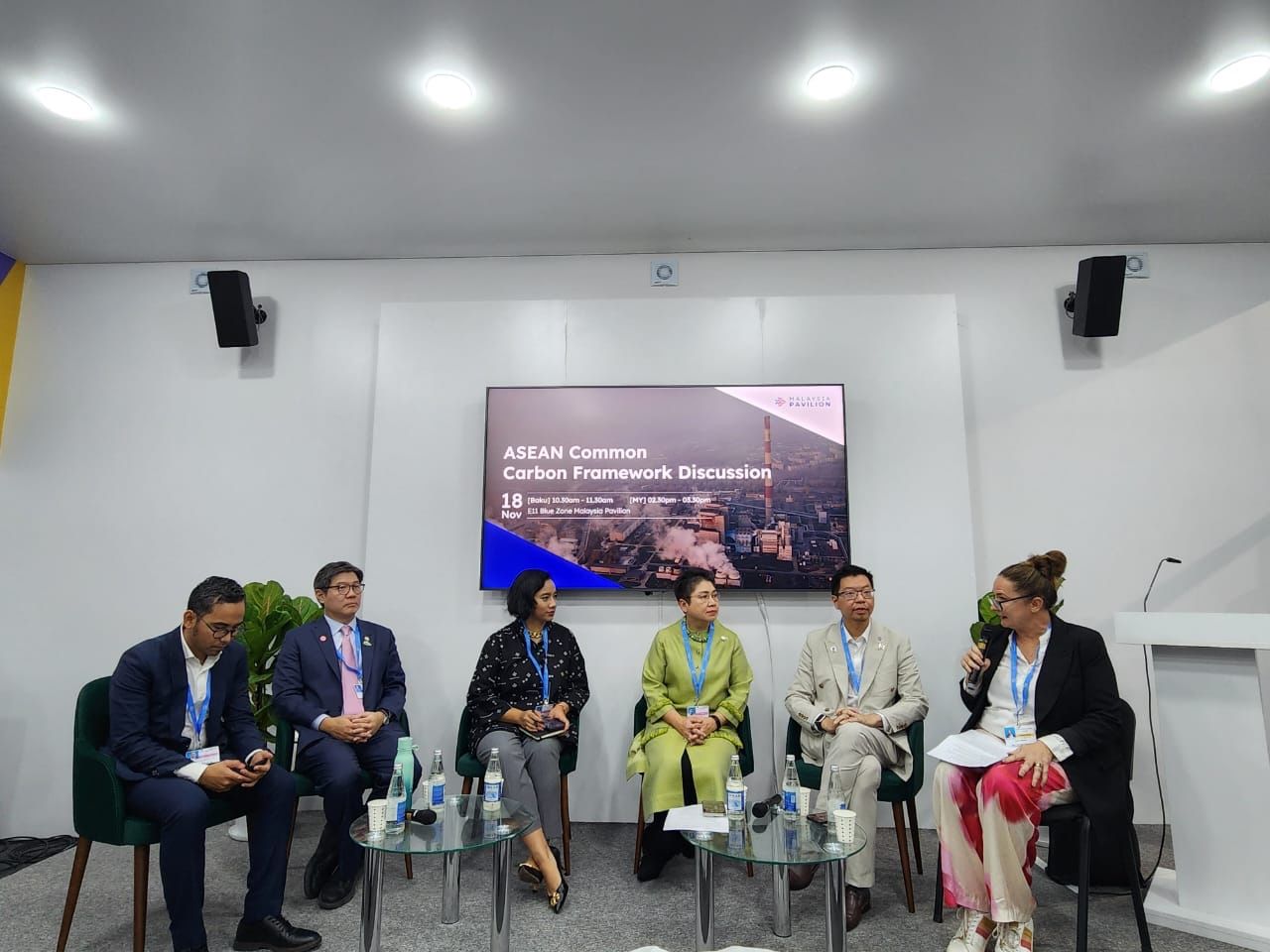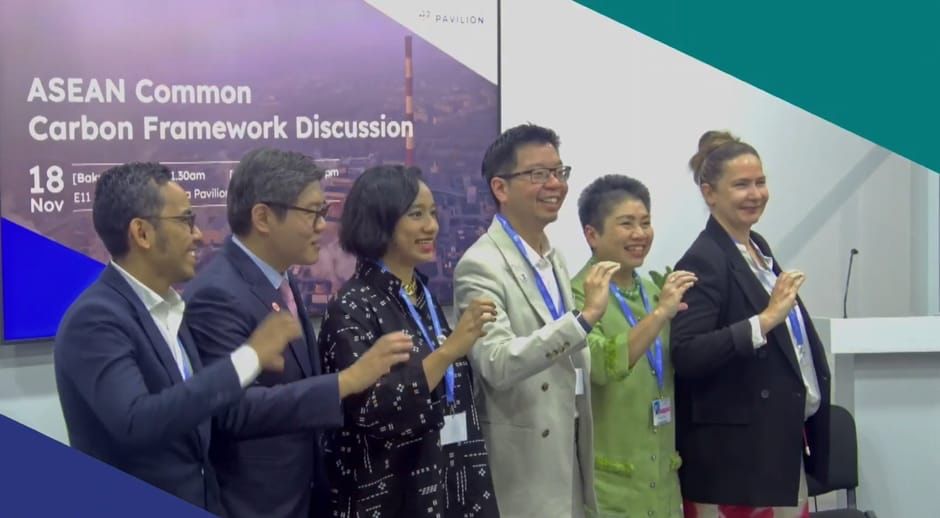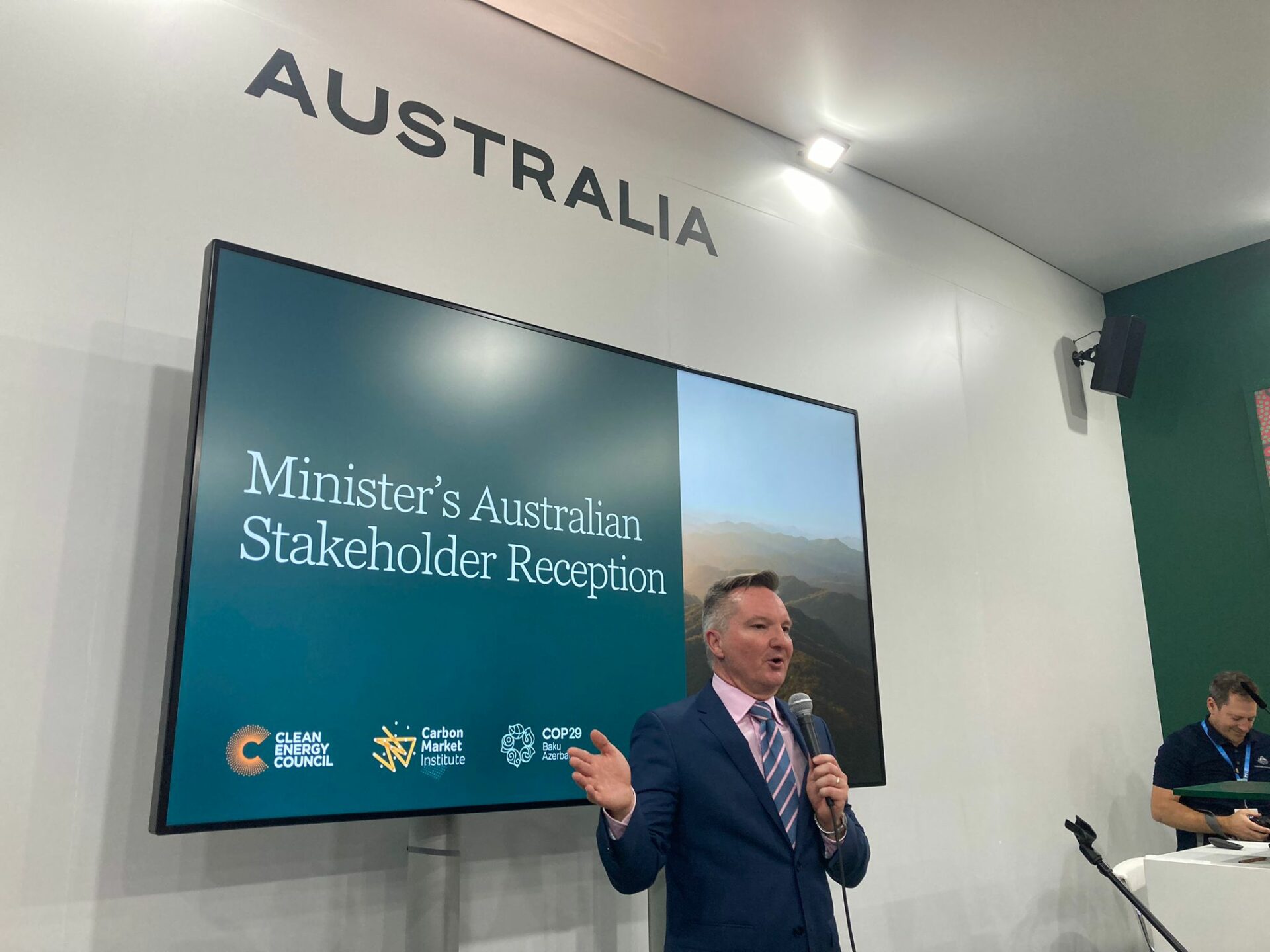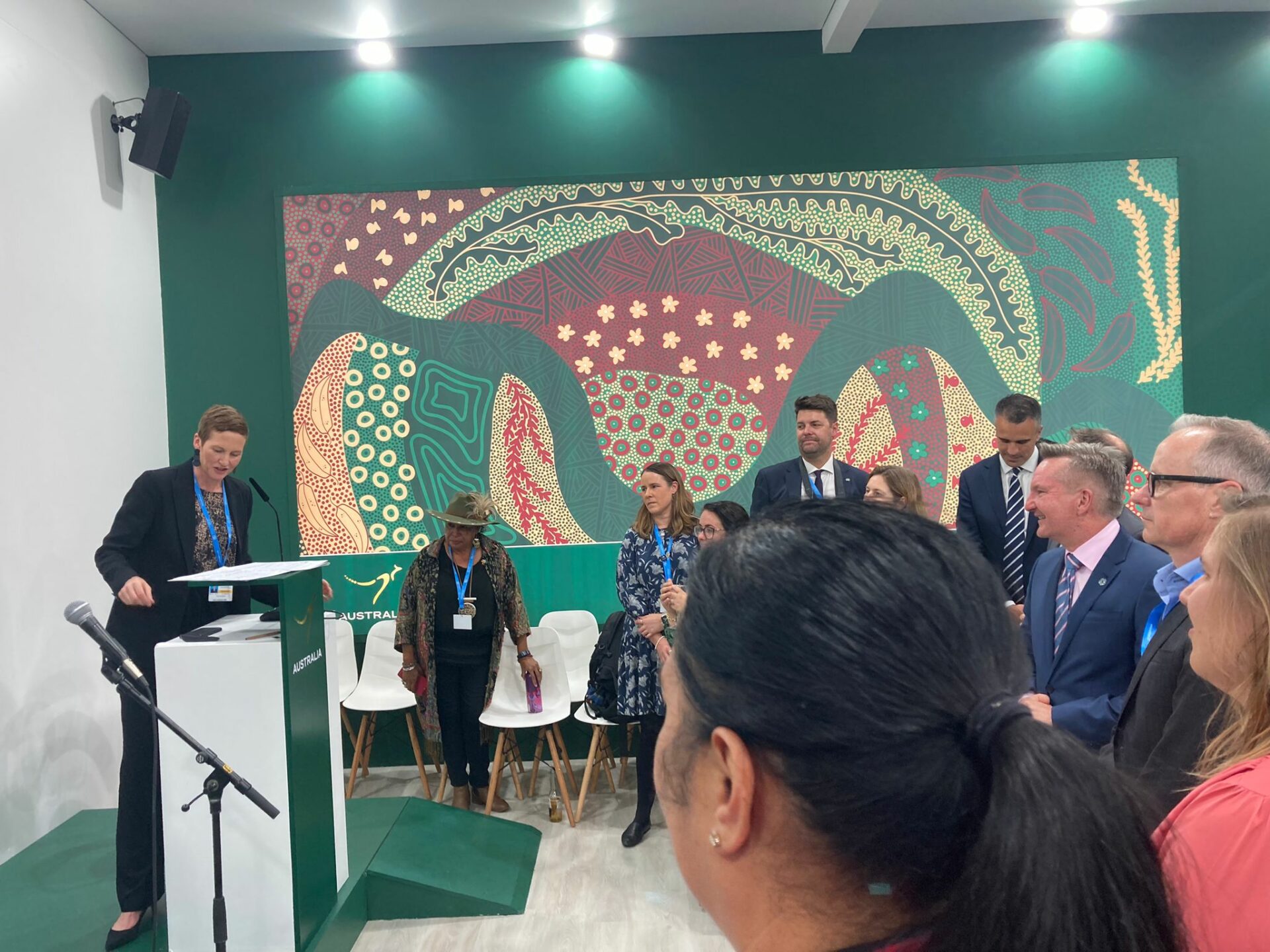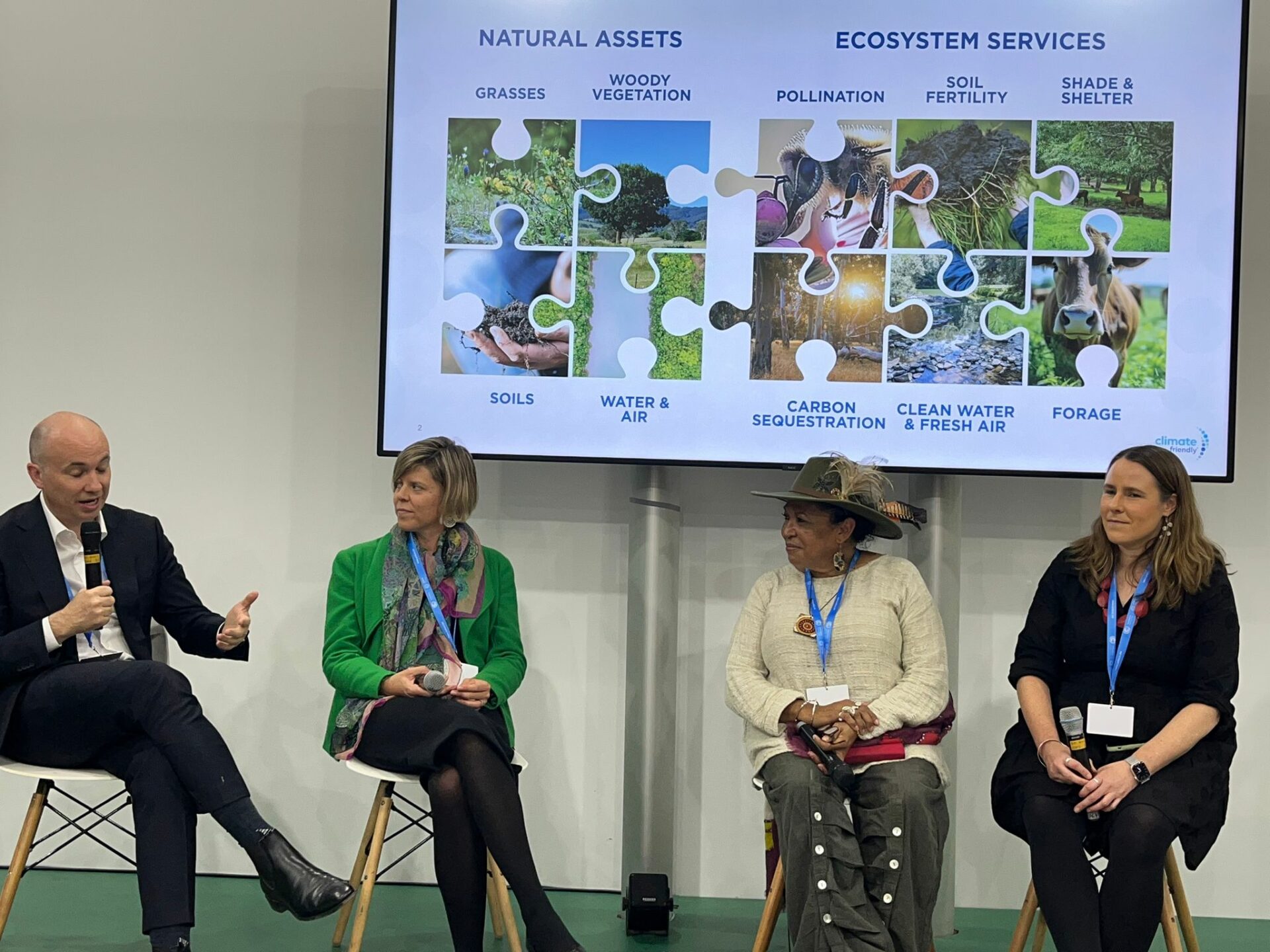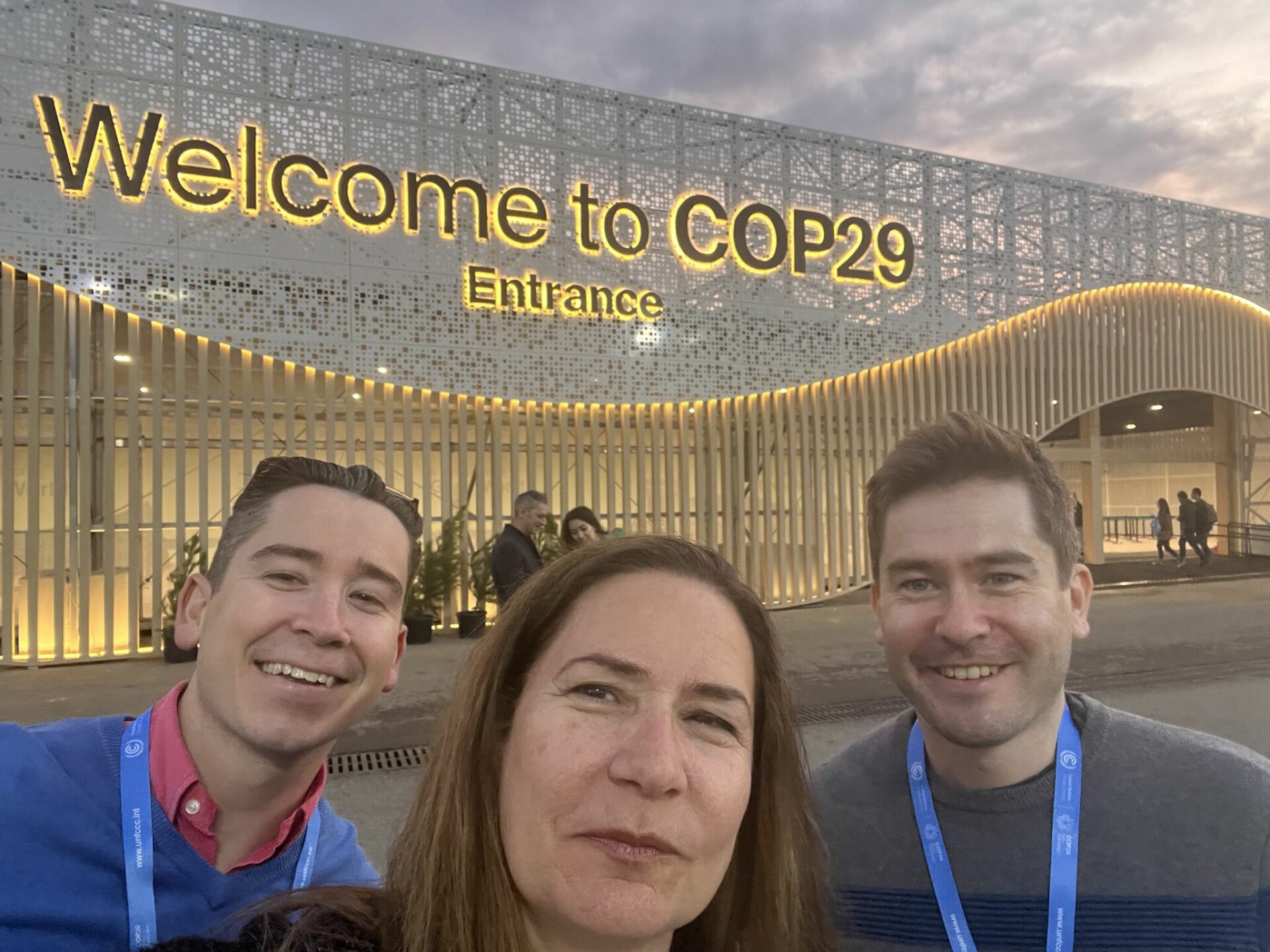CMI's COP29 Priorities
Below are CMI’s key priorities for the negotiations at COP29.
For a more detailed overview of our key asks from both an international and domestic point of view, access our CMI COP29 Priorities & Calls to Action paper below.
-
This year, Parties are due to establish a New Collective Quantified Goal on Climate Finance (NCQG) for the post-2025 period, replacing the USD100 billion annual target agreed upon in 2009. In essence, this new goal should reflect the needs and priorities of developing countries. Negotiations on a new quantum are now in their third year and Chris Bowen, Australia’s Minister for Climate Change & Energy has been appointed to facilitate the political agreement alongside Egyptian Minister, Yasmine Fouad.
There have been mixed results on whether the USD100 billion target has been met annually since 2020. The OECD’s Climate Finance Provided and Mobilised by Developed Countries in 2013-2022 report indicates that the target was reached in 2022, with USD115.9 billion mobilised – two years later than initially planned.
However, the report also highlights critical concerns: a significant portion of the finance was delivered as loans rather than grants; disproportionately allocated to middleincome developing countries instead of least developed nations; and was primarily directed toward mitigation rather than adaptation efforts.
At COP29, the qualitative and quantitative elements of the NCQG will need to be clearly defined to address the climate finance needs of developing countries, especially those of Least Developed Countries (LDCs) and Small Island Developing States (SIDS) that are most vulnerable to climate impacts and have significant capacity constraints.
The current options deliberated by Parties for those elements are detailed in a draft negotiating text prepared by an Ad-Hoc Work Programme on the NCQG co-chaired by Australia and the UAE, which will guide discussions at COP29.
-
While the rulebook for voluntary cooperation under Article 6 of the Paris Agreement was finalised at COP26, COP28 formal negotiations hit unmoveable roadblocks and the full operationalisation of Article 6 market mechanisms remains challenging due to unresolved technical and procedural issues.
Article 6.2, which governs cooperative approaches, is in operation. However, divergent views persist among Parties regarding the scope, content, format, and process of authorisations:
- Scope – Should authorisation cover the cooperative approach, the use of ITMOs or specific entities
- Content & format – Should authorisation be standardised using a (a) mandatory form, (b) optional form, or (c) no form at all?
- Process – Should authorisations be provided in a single process or at different times of the process? If so, how should they be sequenced?
For Article 6.4, the operationalisation of the Paris Agreement crediting mechanism has been delayed for years due to the lack of finalised methodological guidance and the infrastructure needed for a centralised registry. Additionally, both Articles 6.2 and 6.4 require further clarification on cross-cutting issues such as the revocation of authorisations and the functionality of different registries:
- Revocation – Should the authorisation of ITMOs and A6.4ERs be revocable by the host Party? If yes, under what conditions?
- Registries – Can the Article 6.2 international registry facilitate ITMO transactions or merely support the “pulling and viewing” of information? What linkages should exist between the Article 6.2 international registry and the Article 6.4 mechanism registry? Can the Article 6.4 mechanism registry connect with participating Party registries, and if so, for what purposes?
With political pressure high, COP29 presents a critical opportunity for Parties to resolve these issues. Encouragingly, recent signals of flexibility from key negotiating Parties, including the EU and the US, offer hope for progress toward the operationalisation of Article 6 mechanisms.
-
The Paris Agreement’s ratchet mechanism requires countries to submit increasingly ambitious nationally determined contributions (NDCs) every five years, with each submission designed to progressively strengthen global climate action to align with the 1.5°C goal.
The first Global Stocktake (GST), completed at COP28, revealed that current NDCs are highly insufficient, potentially leading to 2.1-2.8°C of global warming. To keep the average temperature rise within the 1.5°C limit, the UNEP Emissions Gap Report 2024 indicates that a 42% reduction in global greenhouse gas emissions by 2030 – compared to 2019 – is essential and 57% by 2035.
As countries prepare to submit their NDCs 3.0 by February 2025, they should take into account the comprehensive GST findings and align their national contributions with the 1.5°C goal agreed under the Paris Agreement. This alignment includes responding to the UNFCCC’s urgent call for setting economywide emissions reduction targets covering all sectors and greenhouse gases, while joining global efforts to triple renewable energy capacity, double energy efficiency, and transition away from fossil fuel-based energy systems.
At COP29, Parties are also tasked with initiating the United Arab Emirates (UAE) Dialogue to implement the GST findings and ensure future climate action aligns with its outcomes. While some developing countries have called for the UAE Dialogue to focus solely on climate finance, its scope should comprehensively address all thematic areas of the GST, including scaling up mitigation, adaptation, and means of implementation and support.
-
Article 7 of the Paris Agreement establishes the global goal on adaptation (GGA), which aims to enhance adaptive capacities, strengthen resilience, and reduce vulnerability to climate change.
Developing countries disproportionately affected by climate change have long advocated for elevating the importance of adaptation efforts in global climate governance.
For adaptation, a significant gap remains in meeting the goal of doubling adaptation finance by 2025. Demonstrating progress toward this goal at COP29 is critical to redressing the current imbalance in financial resources being concentrated on mitigation projects.
COP29 will also review the progress made under the UAE-Belem work programme to develop indicators and methodologies for measuring the targets outlined in the UAE Framework for Global Climate Resilience.
On loss and damage, there is a strong expectation that COP29 will operationalise the new Loss and Damage Fund, following the establishment of its governance structure and the World Bank as its interim secretariat.
